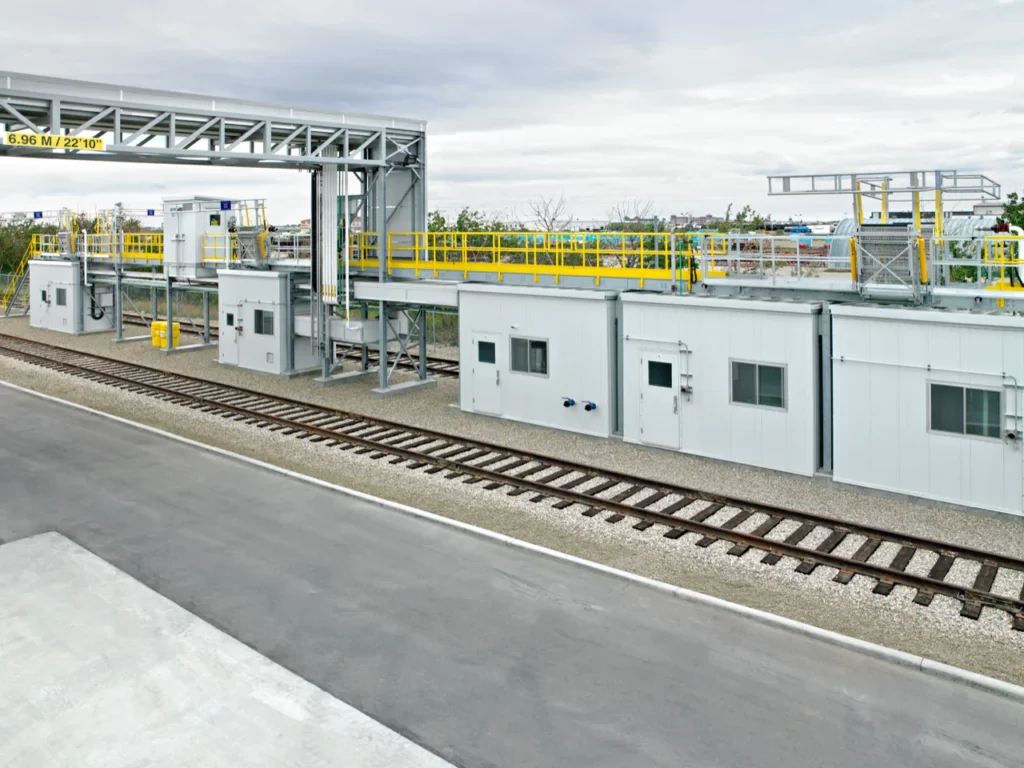Are you preparing for a transload construction project? With these design and planning tips, you’ll be better prepared to manage your project from start to finish. And remember, if you need help on any stage please reach out to us at info@lexonprojects.com
If you’re planning a transload construction project, it’s important to have a thorough understanding of the project before getting started. With these design and planning tips, you’ll be better equipped to successfully manage your transload construction project from start to finish. Contact us at info@lexonprojects.com to learn more
Before beginning a transload construction project, it’s important to develop a detailed timeline outlining all of the tasks that need to be completed throughout the duration of the project. By including details such as start and end dates for each task, you’ll be able to more easily stay on track and ensure deadlines are being met. Additionally, it’s essential to identify any potential risks that could cause delays so measures can be taken to overcome them in advance.
Obtaining the required permits and inspections is essential when it comes to transload construction projects. Depending on the area in which your project is located, you may need to secure permits from the local or state government. Additionally, for specialized or complex projects, you may need to contact a professional engineer or architect for a review of your plans before submitting them for approval. All permits should be obtained and inspections should be completed well before any construction activity takes place on-site. We have many years of experience applying for and obtaining permits whether they are development permits, building permits, ASCA permits or anyother industrial construction related permits.
One of the critical steps in the design and planning process for a transload construction project involves gathering detailed descriptions of all materials and equipment required. It is important to create comprehensive catalogs that list key information such as part numbers, product descriptions, manufacturers’ warranties, shipping terms and handling requirements, etc. Whenever possible, you should also compile test results or analysis reports on materials and equipment to ensure they meet applicable safety codes. Having this information gathered early can save time and money in the long run by helping you source the right products and components at the right price.
Unexpected challenges can arise during the construction of a transload project, no matter how thorough the planning process. To prepare for these potential issues, you should create a contingency plan that outlines specific steps to take if something doesn’t go as planned. For example, if material isn’t delivered on time, you should have a backup solution ready so your project isn’t halted in its tracks. Likewise, if equipment breaks down unexpectedly, you need to have a replacement schedule in place to ensure uninterrupted workflows. A well-thought-out contingency plan will help minimize the impact of disruptions and keep your project moving forward.
Utilizing 3D rendering is an effective way to help you visualize your transload construction project plan. Rendering tools allow you to create realistic images of the process, allowing you to review and adjust the design as needed before construction begins. This helps identify any potential issues or conflicts that could arise during the build and helps streamline communication between all parties involved. 3D rendering also provides a better understanding of how workers will interact with the space and move materials through it, ensuring safety for everyone involved.

